|
If clients don't mind, we leave weeds onsite to let them to rot down as compost, smother existing weeds, and to save labour and costs in removing them. Anything we can do to improve the soil’s structure and microbe population is a win. Here's how Here’s how you can reuse organic matter (anything that once grew) and save yourself effort and money. Learn to identify the pest, or invasive plants, (ideally when they are small) versus the less nasty weeds that will curl up and die without a fight. It’s fine to leave the less nasty weeds on top of garden beds or around plants to rot down to improve the soil, which helps hold water and nutrients on your land. A different approach is needed for the baddies, those that reproduce like crazy using a variety of cunning tricks. For these, you can:
More info
To identify pest plants see Weedbusters. Pests in Wellington region and more general info see, Greater Wellington Regional Council Pest Plants.
0 Comments
On my walk up my street this afternoon, every other verge had agapanthus, Agapanthus praecox, growing healthily. Definitely the predominant species round these parts. Why it's a pest plant It seeds prolifically, spreads seeds effectively which germinate densely. Fragments of the roots easily regrow. Plants live a long time and can handle a wide range of conditions and soil types.
Wherever it grows, it forms solid clumps. I've seen layers and layers grow on top of each other. It bullies all other plants out and takes over. For information on getting rid of agapanthus see Weedbusters, First day beating the feet during the rahui to save lives and eliminate Covid-19. I explored part of Sinclair Park, discovering natives and exotic weeds mixed together. And a lovely wildness in the margins. Some of the natives Hover over the photo for more information. Some of the pest plants I spotted are below. Life in the margins
A very large house with a small garden area, embedded on a densely housed hill in CBD.
The first job was to see what was involved in refreshing the garden area. We took photos of the various areas, cleared the weeds, pruned the very old rose right back and created a large compost pile. Hover over the photos for explanations. A private and flat section is a rare thing in Wellington. Over time, we're keen to help this Kingston garden show its potential. Hover over the photos for captions. Recent photos show progress The clients' young daughter enjoys exploring the flowers and food from the garden. Hover over photos for descriptions. Click them to enlarge. Early days The garden at the beginning. In discussion with the owners the plans evolved over time.
|
Categories
All
Archives
January 2024
|


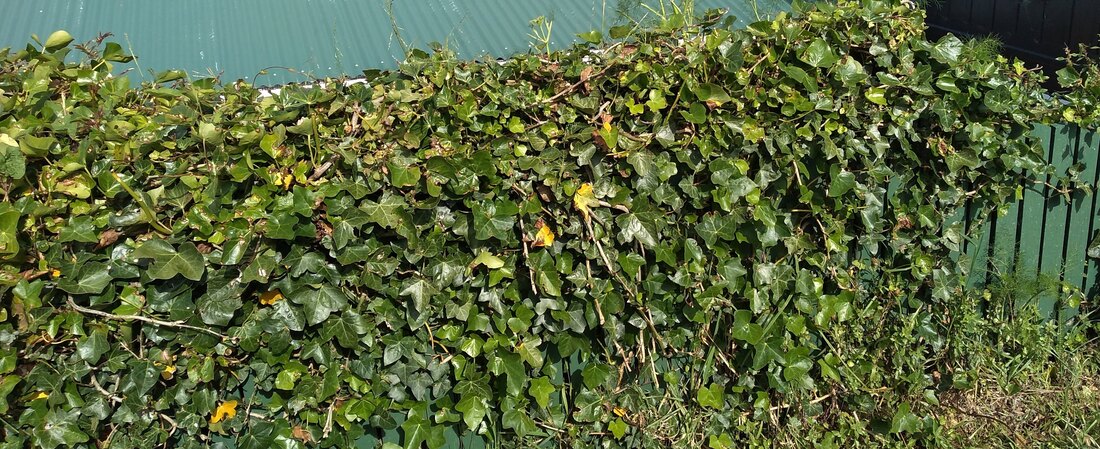
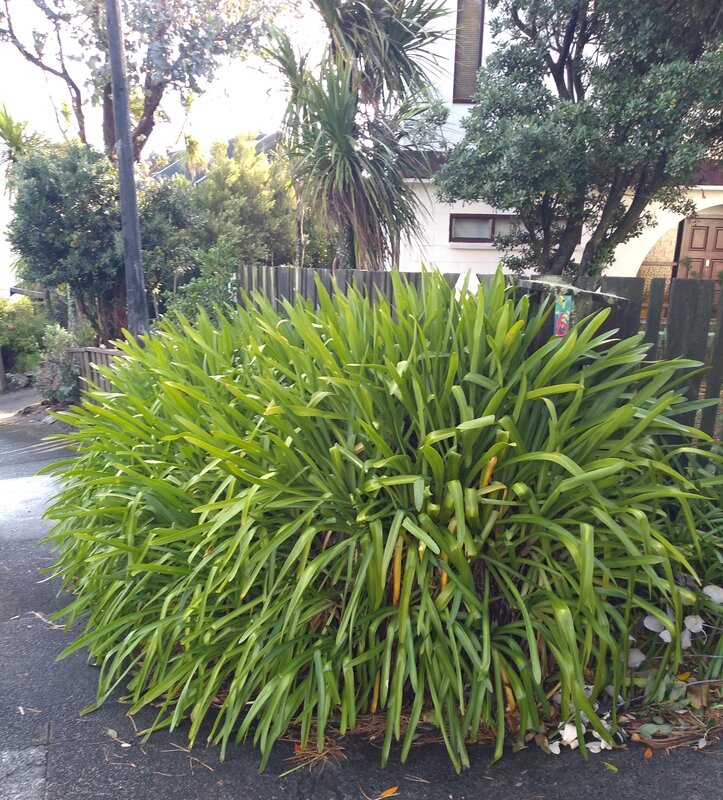
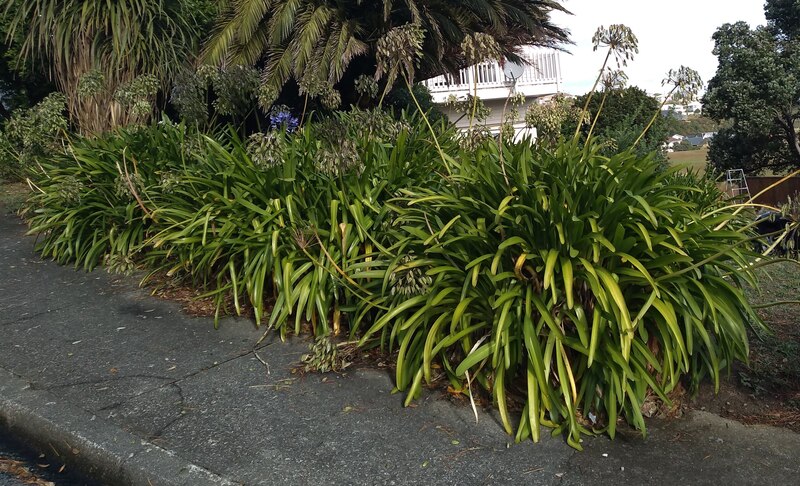
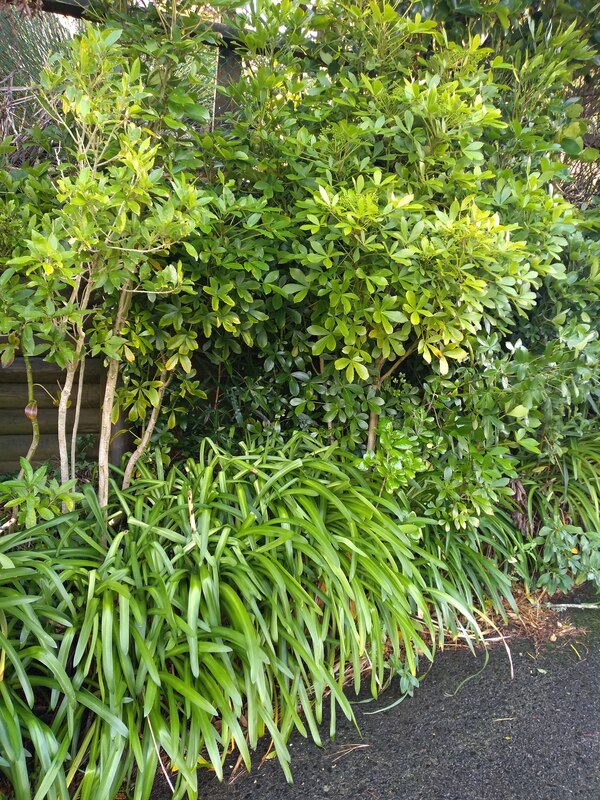
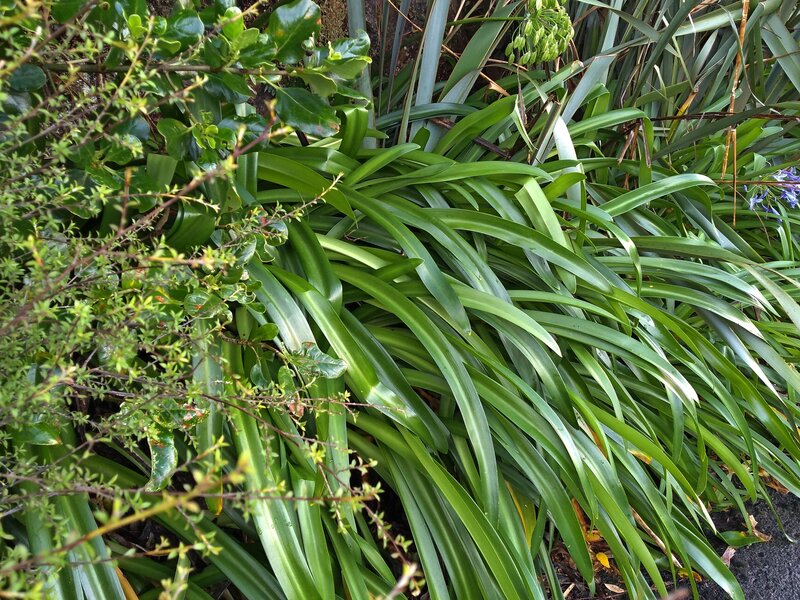
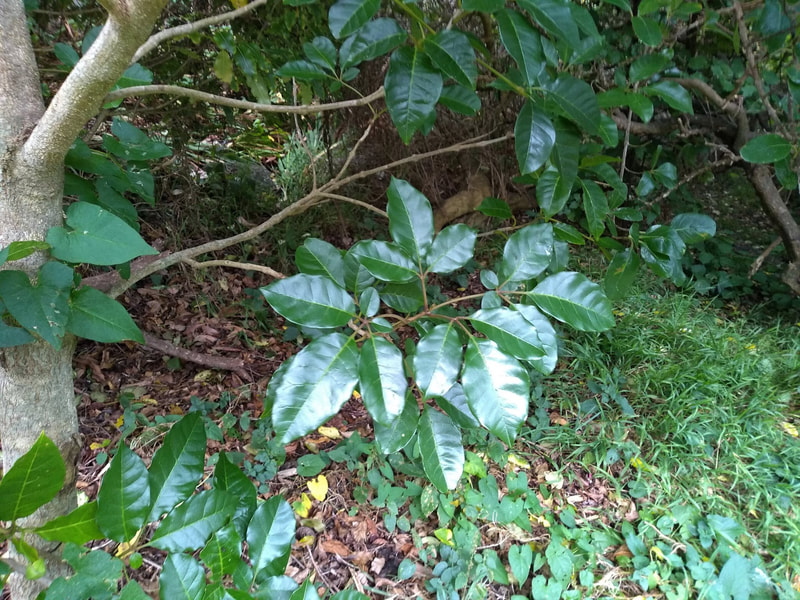
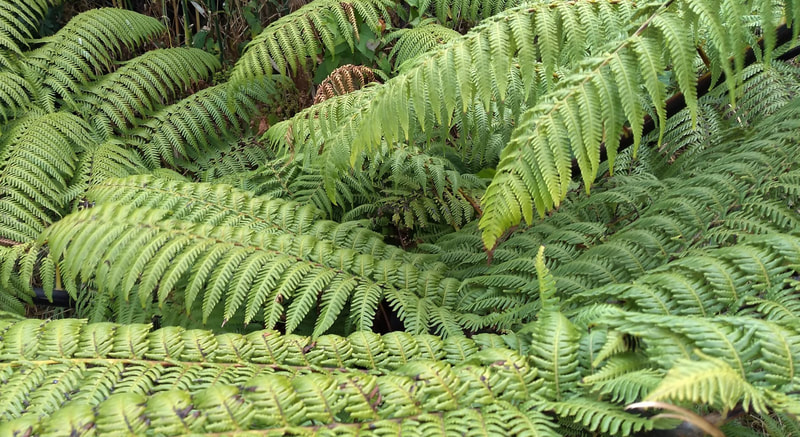
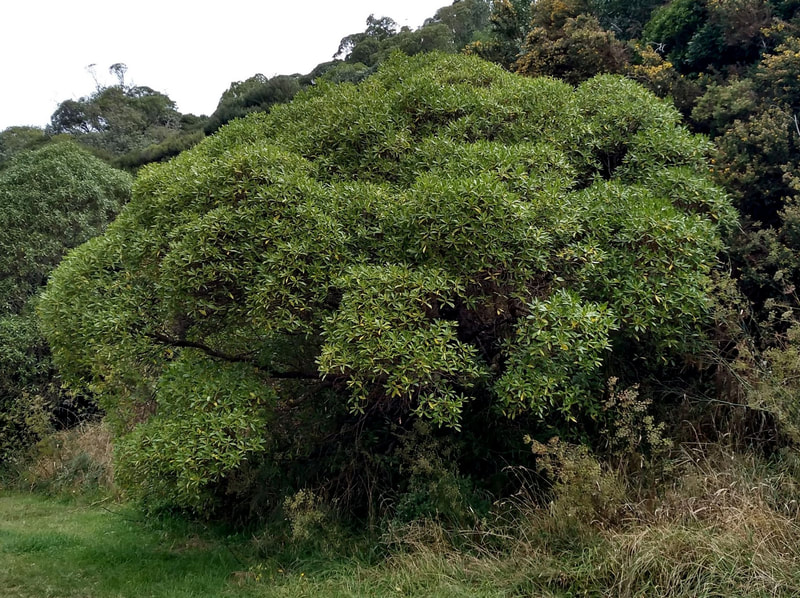
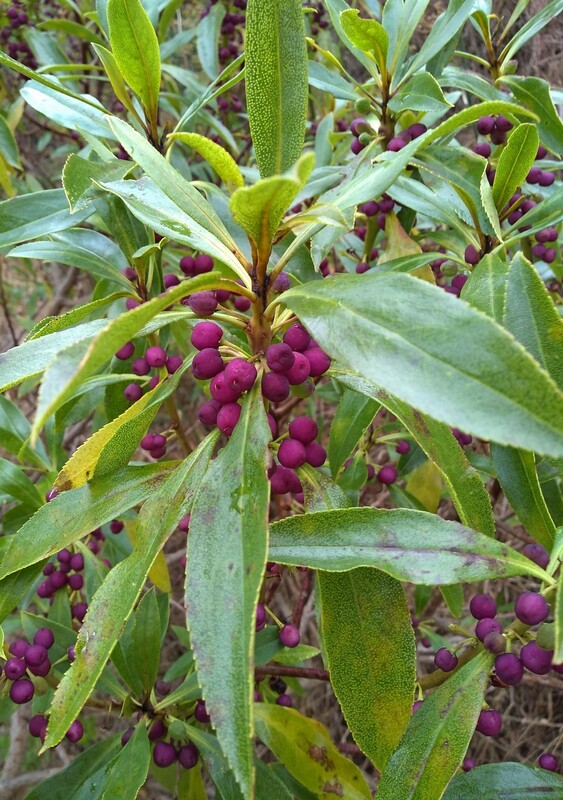
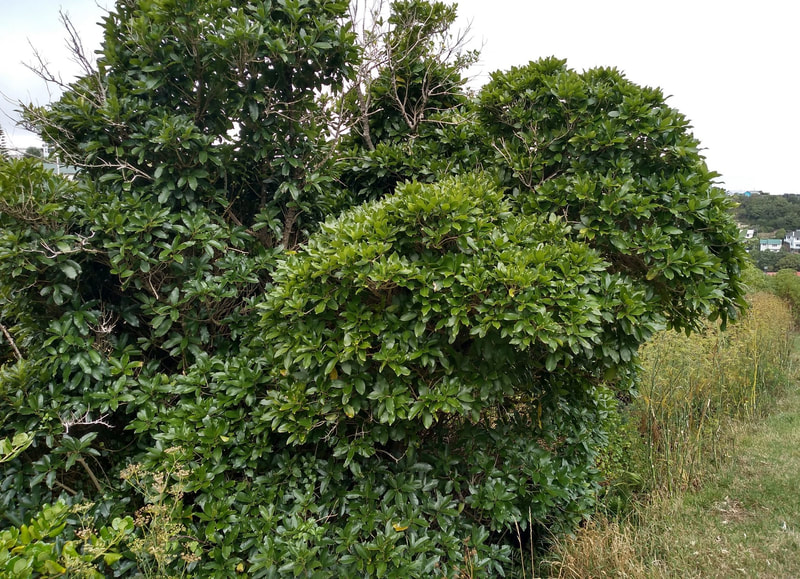
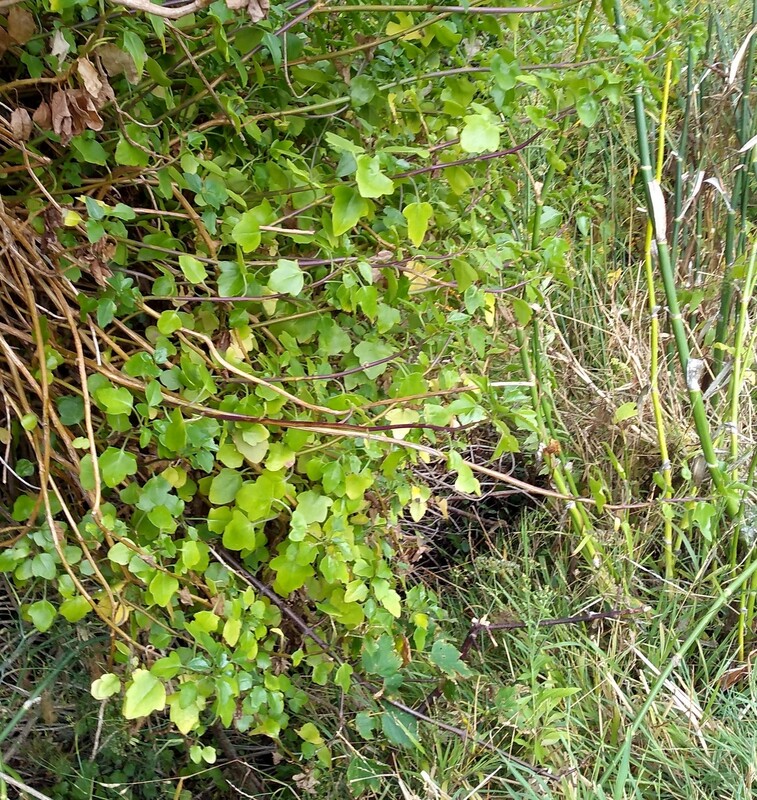
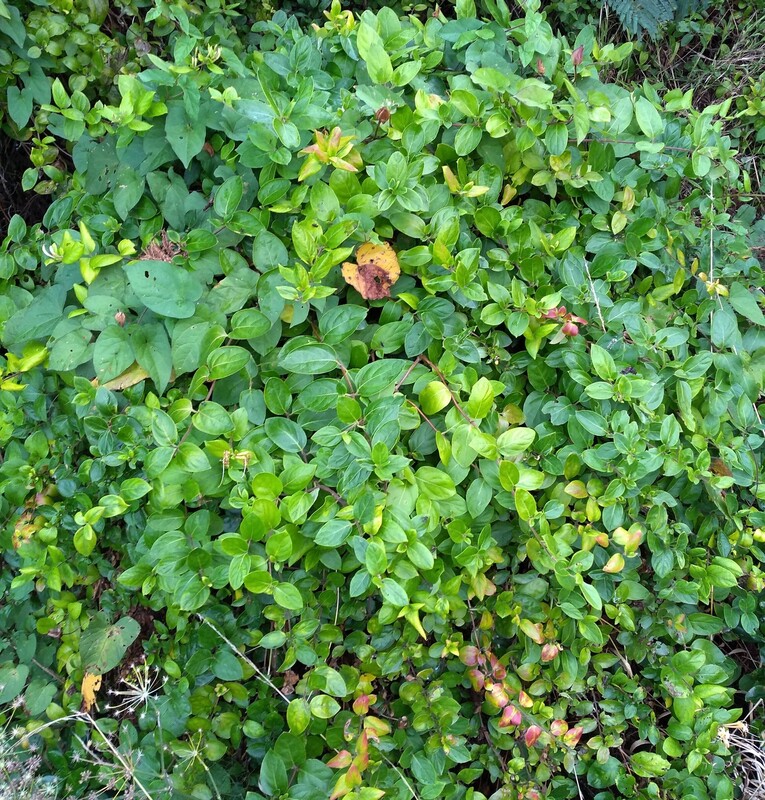
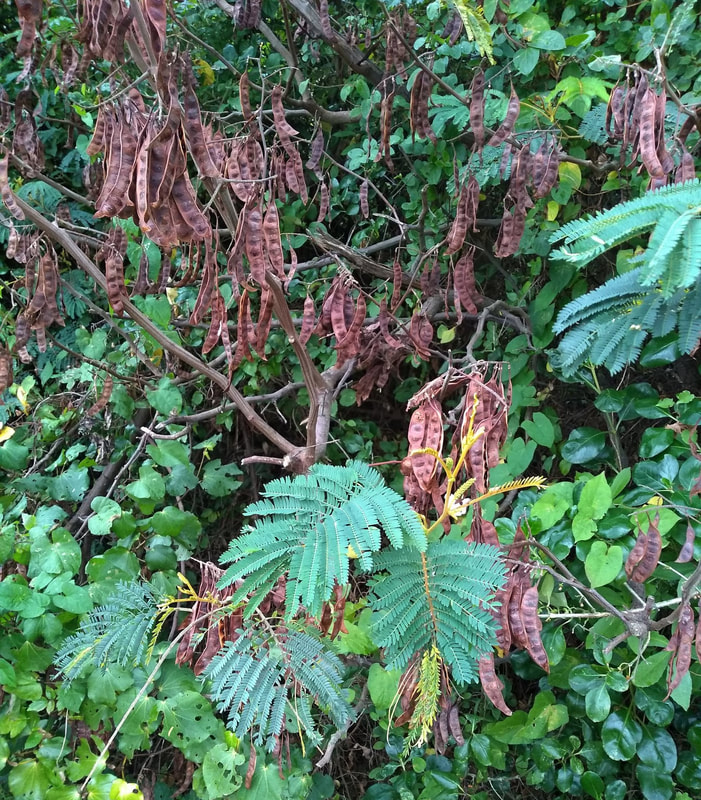
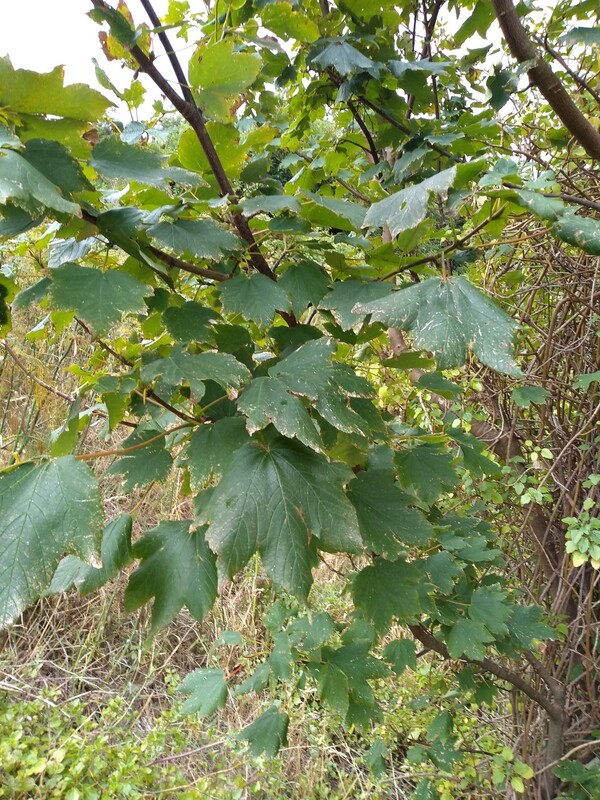
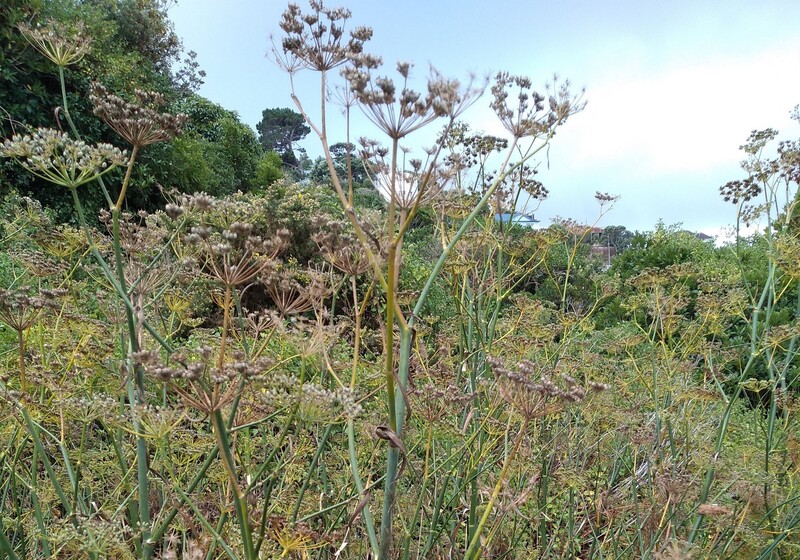
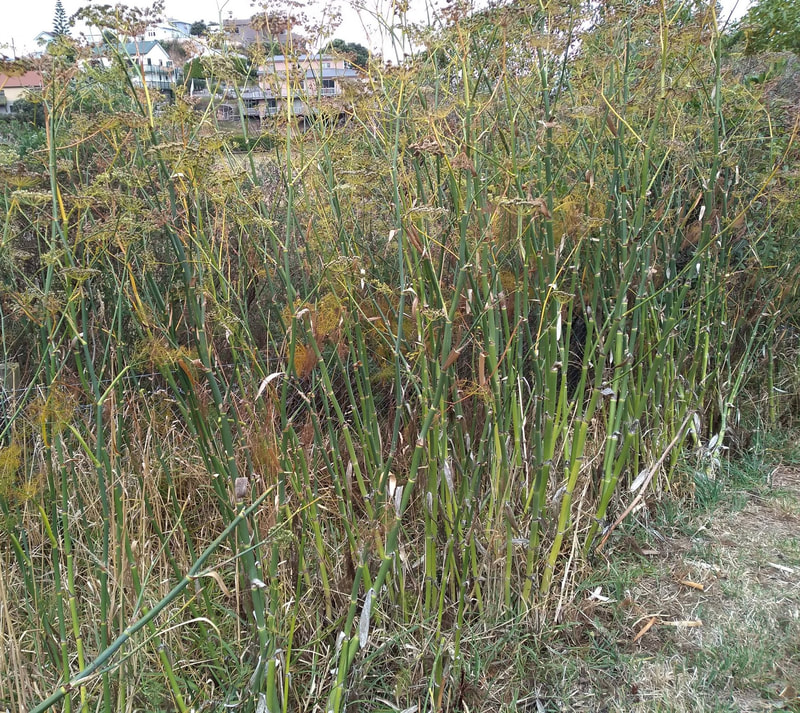
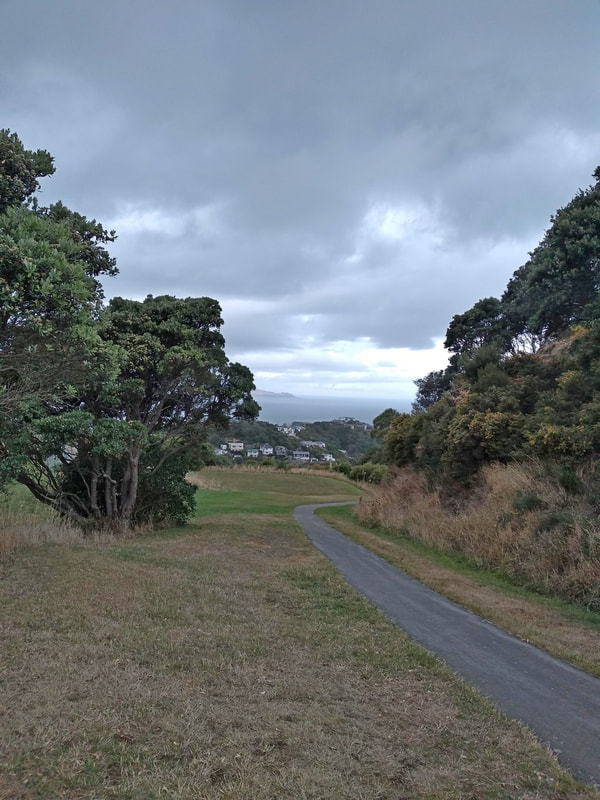
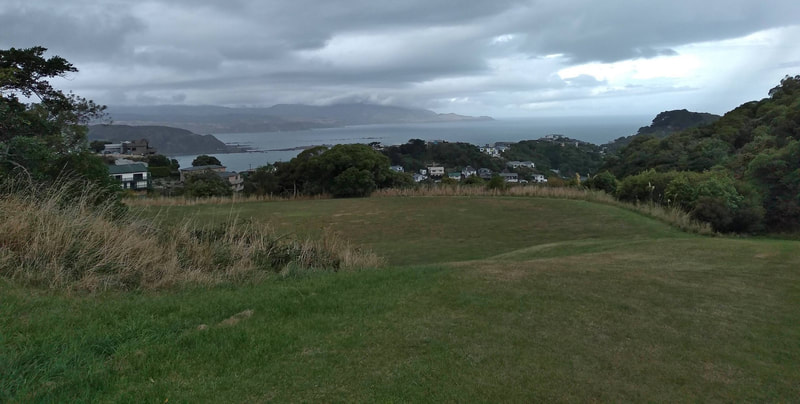
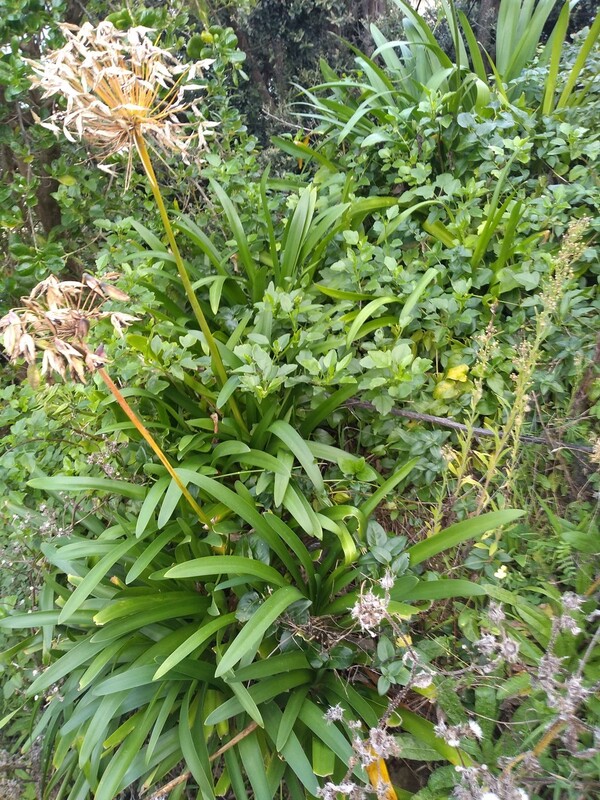
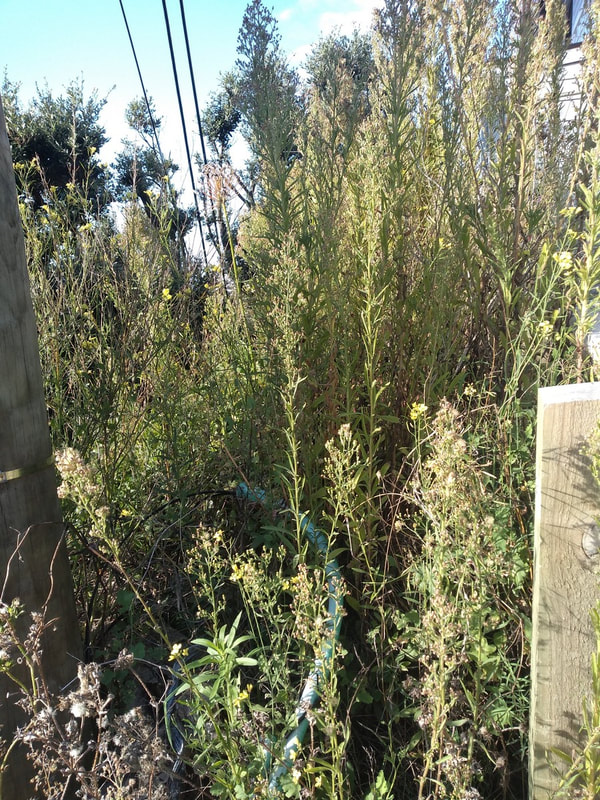
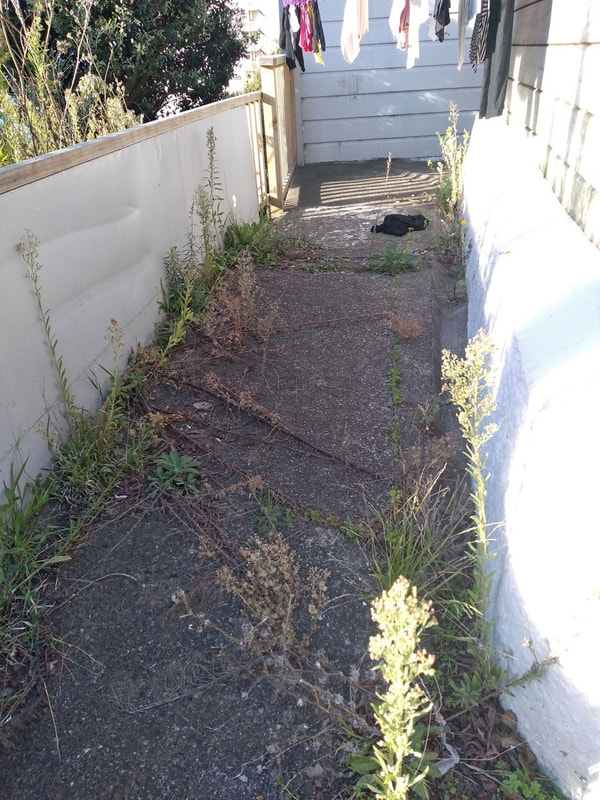
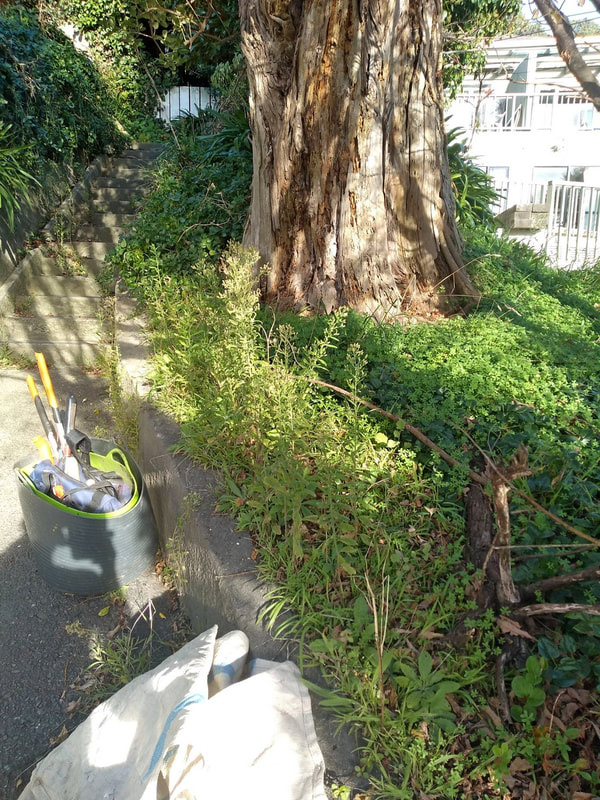
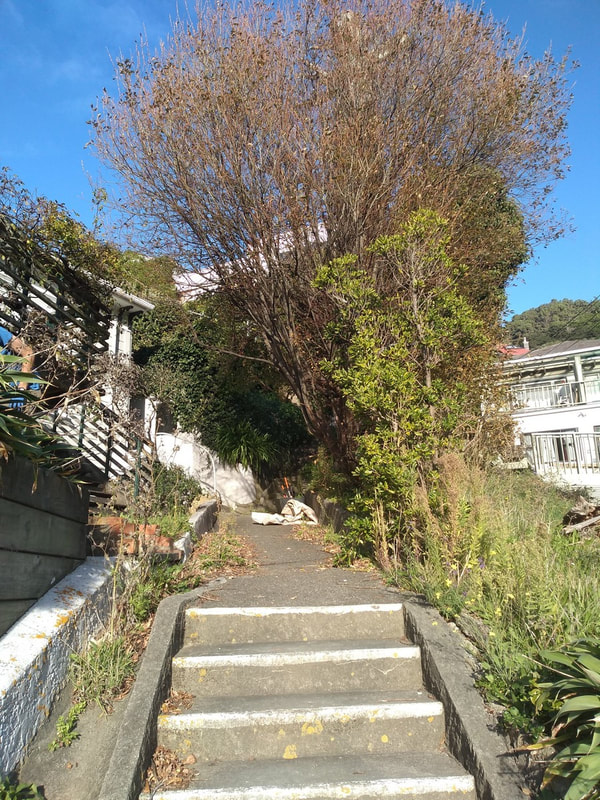

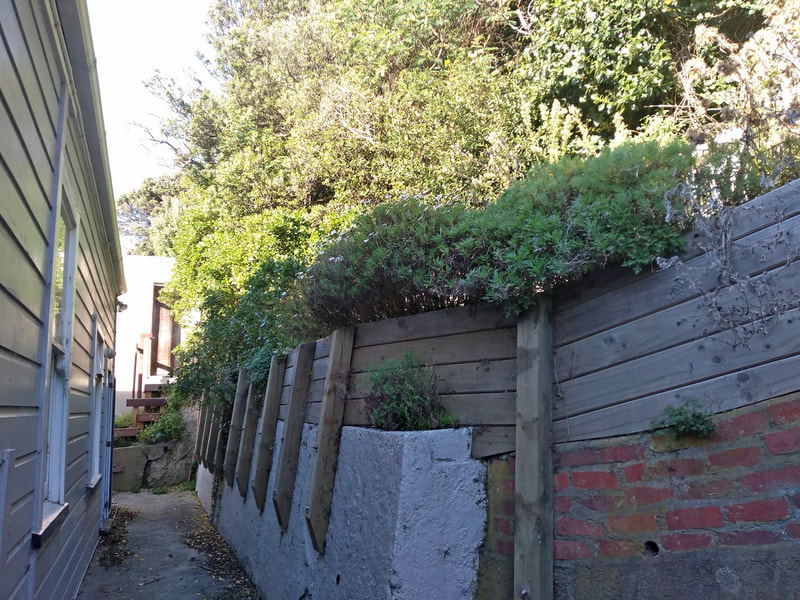
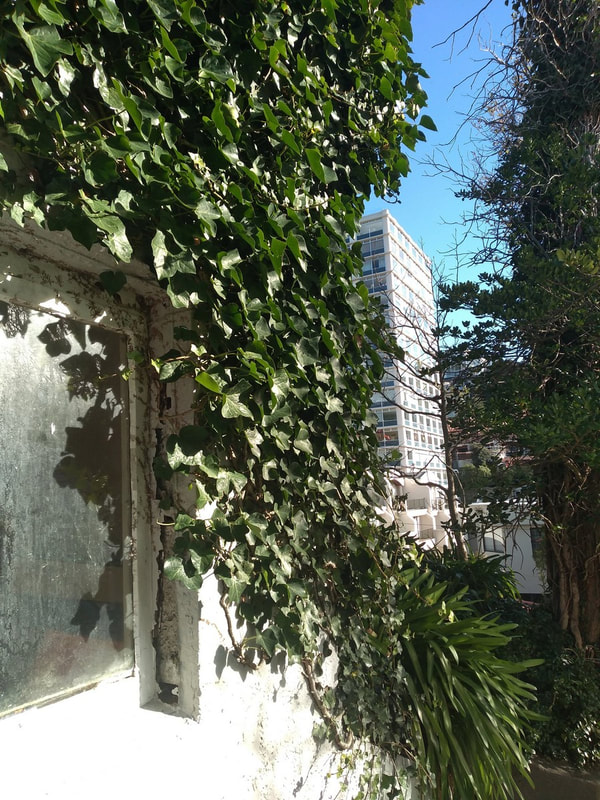


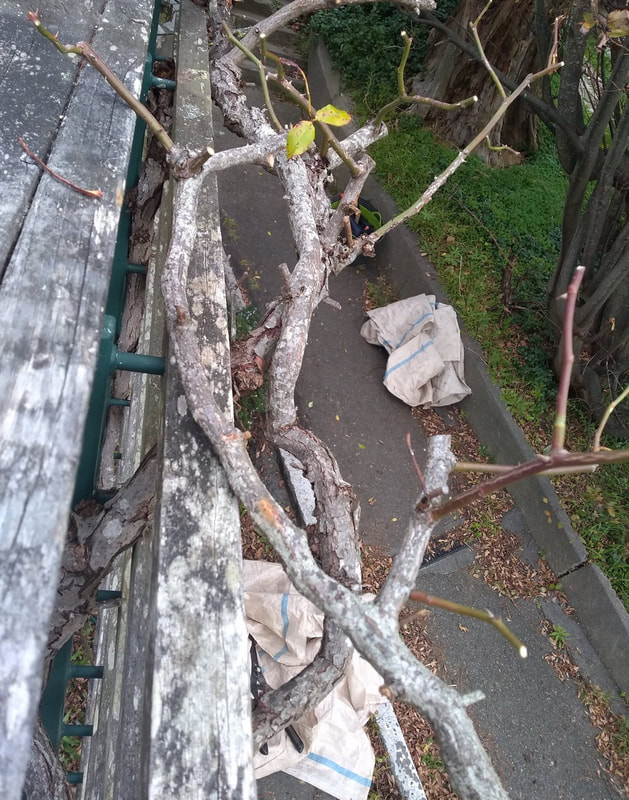
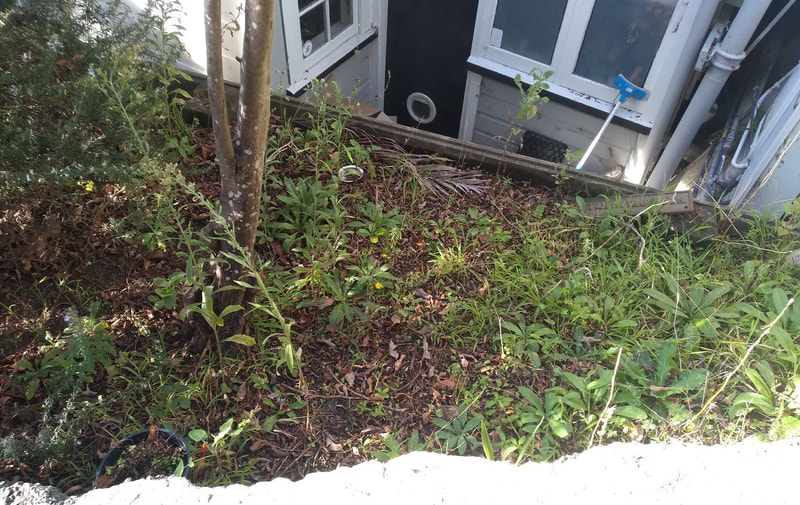
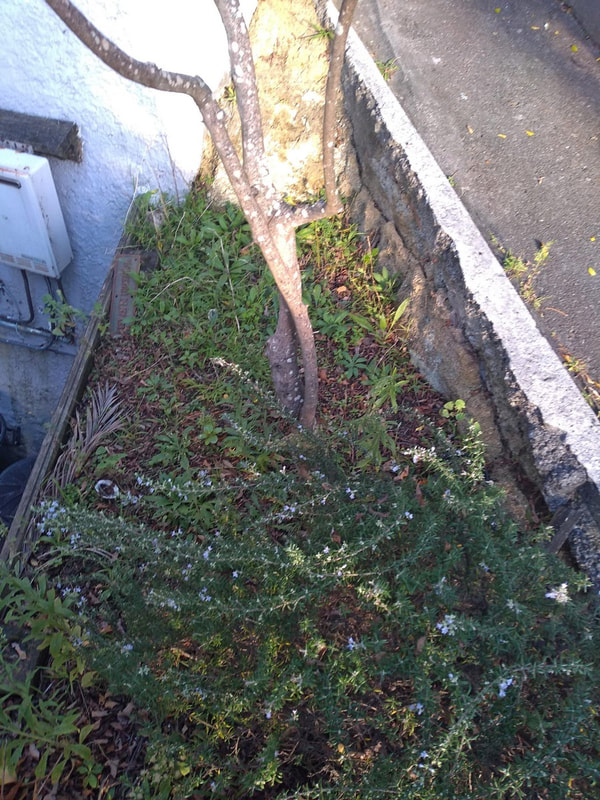
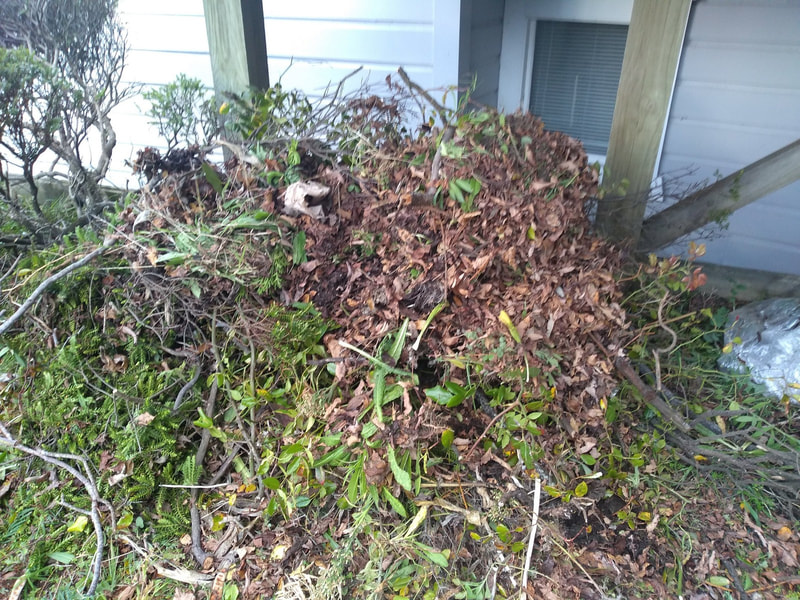
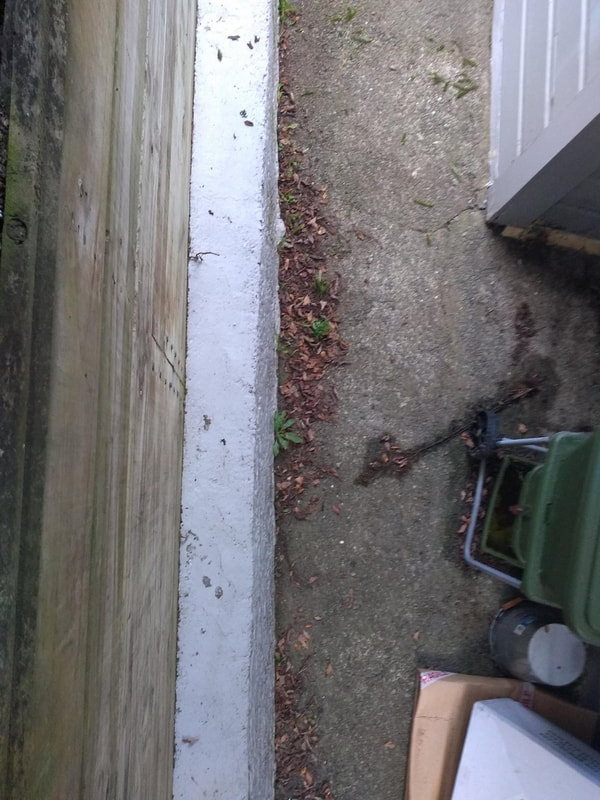
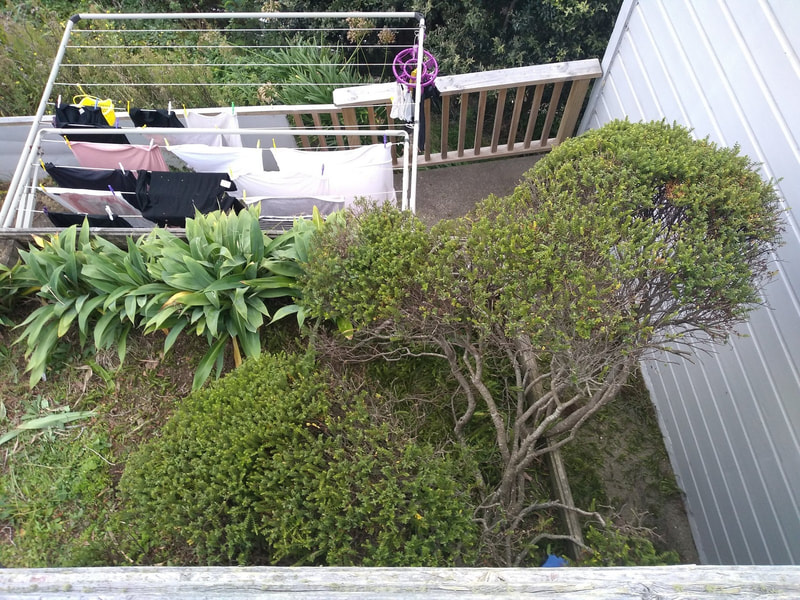

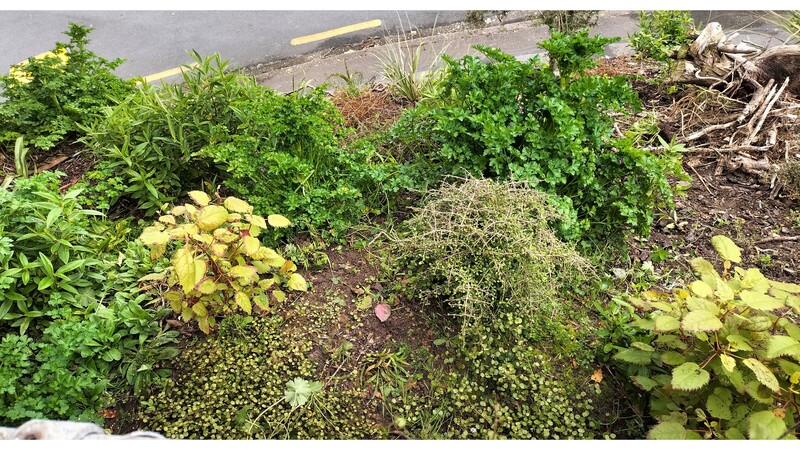
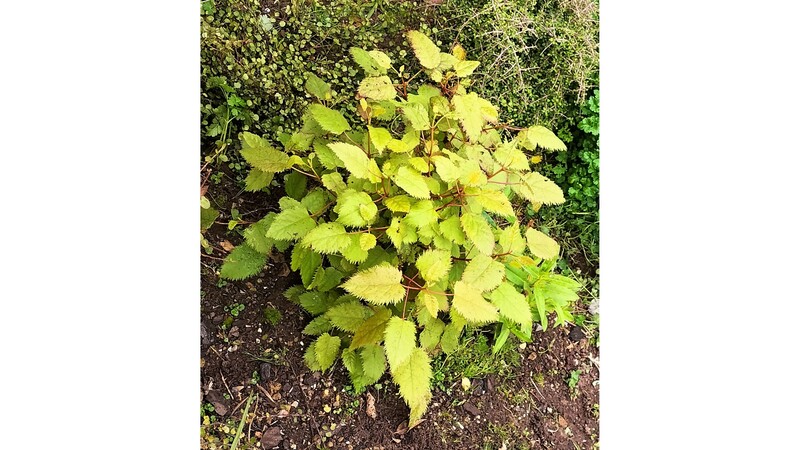
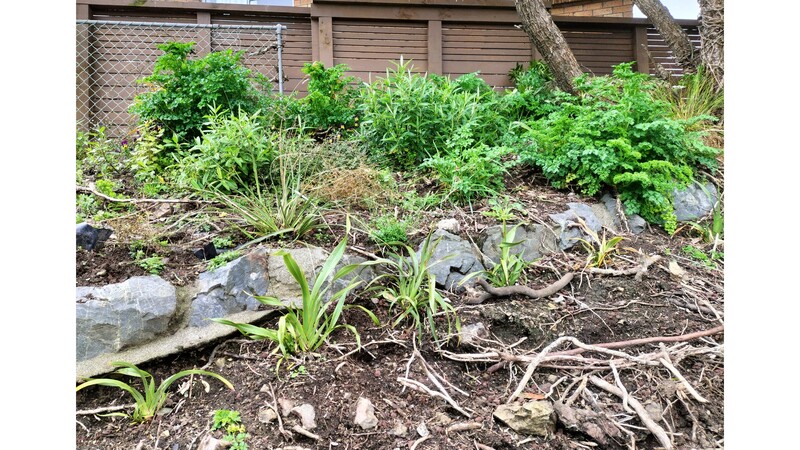
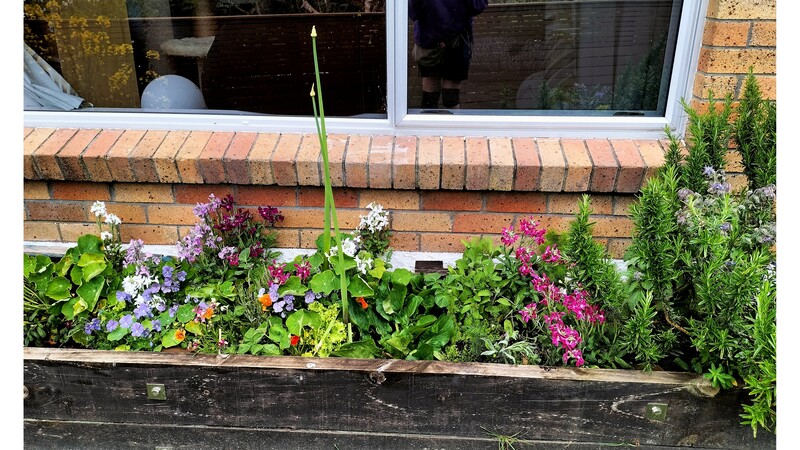
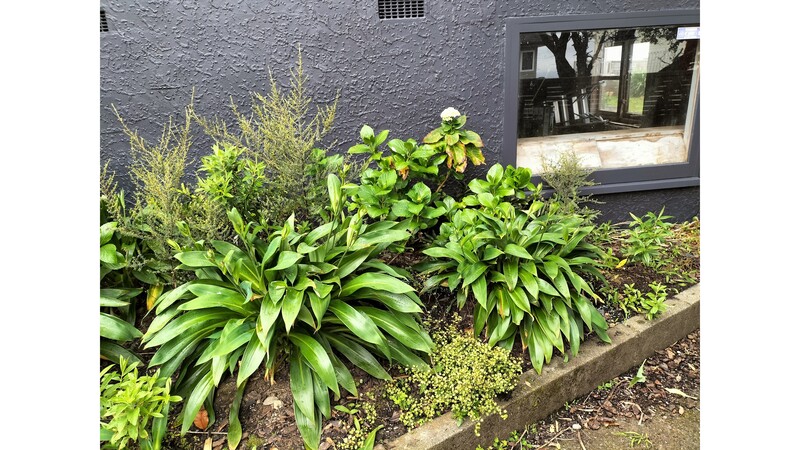
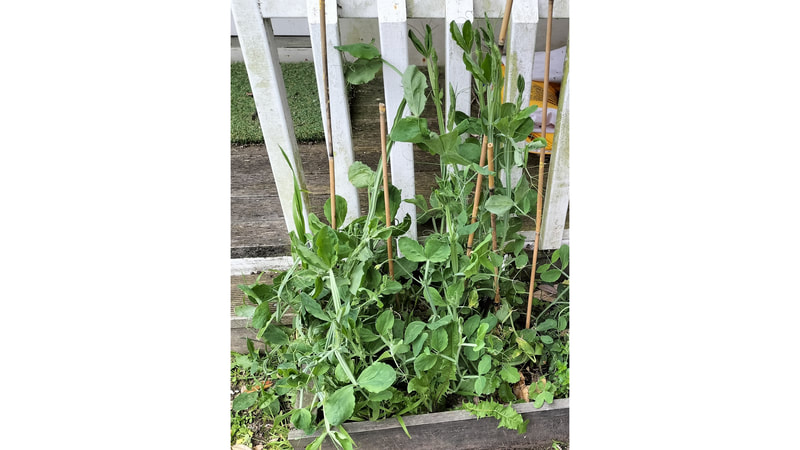
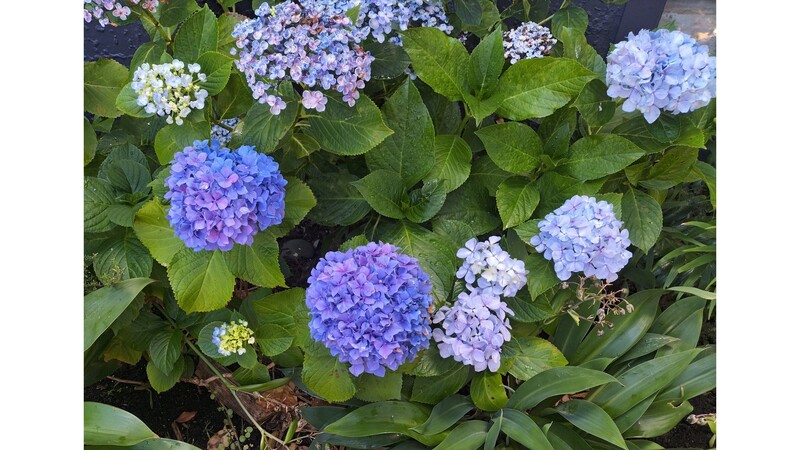
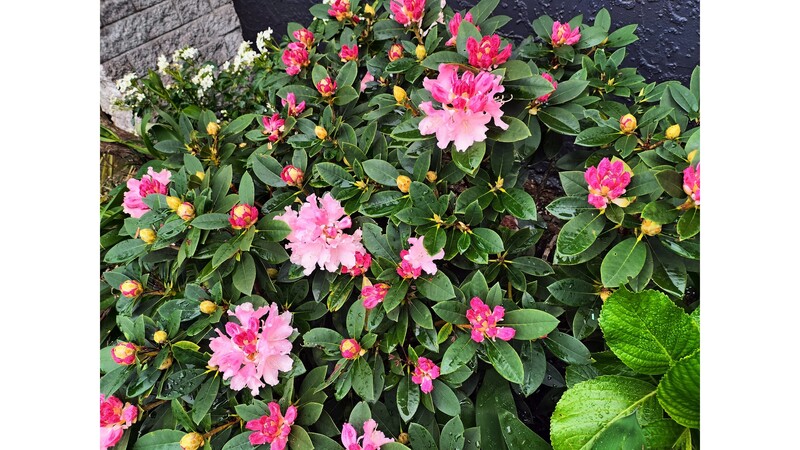
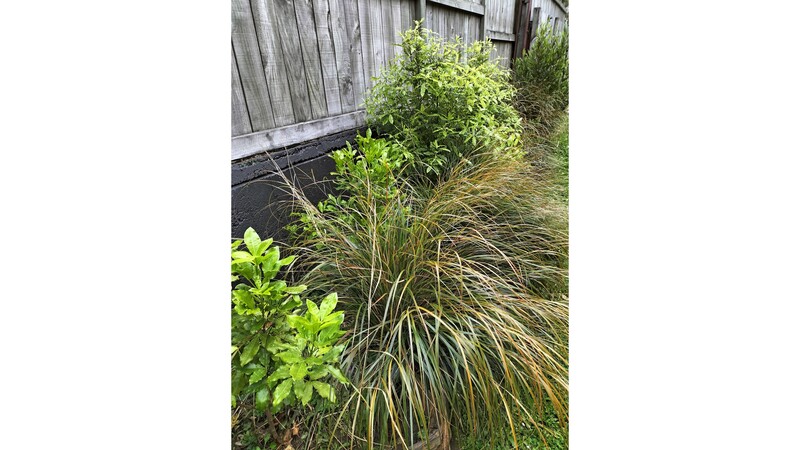
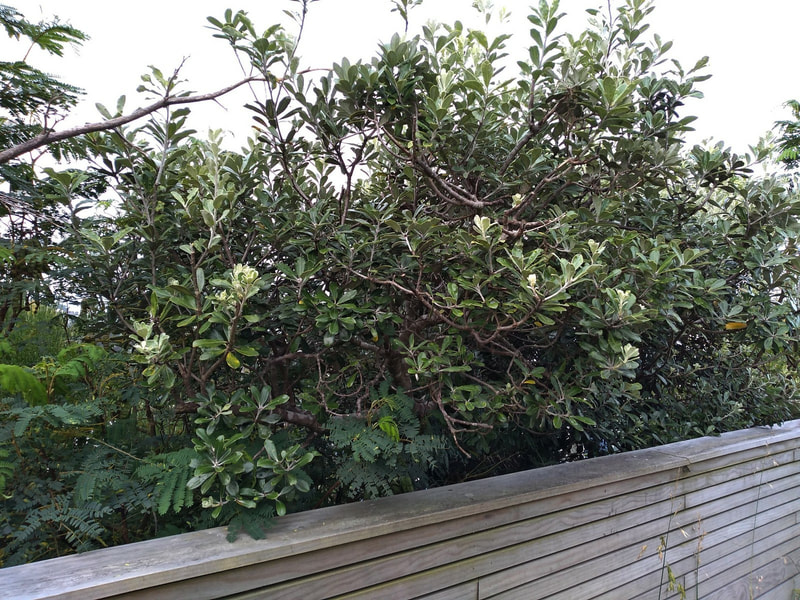

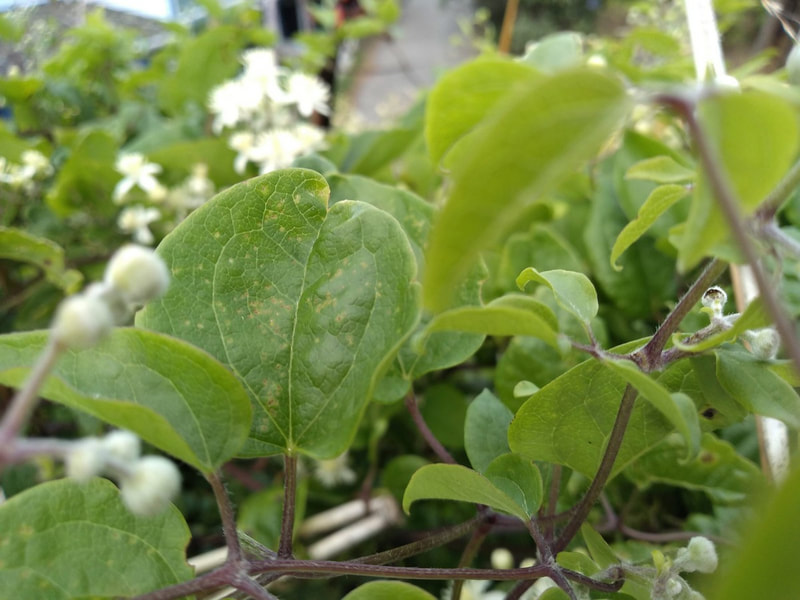
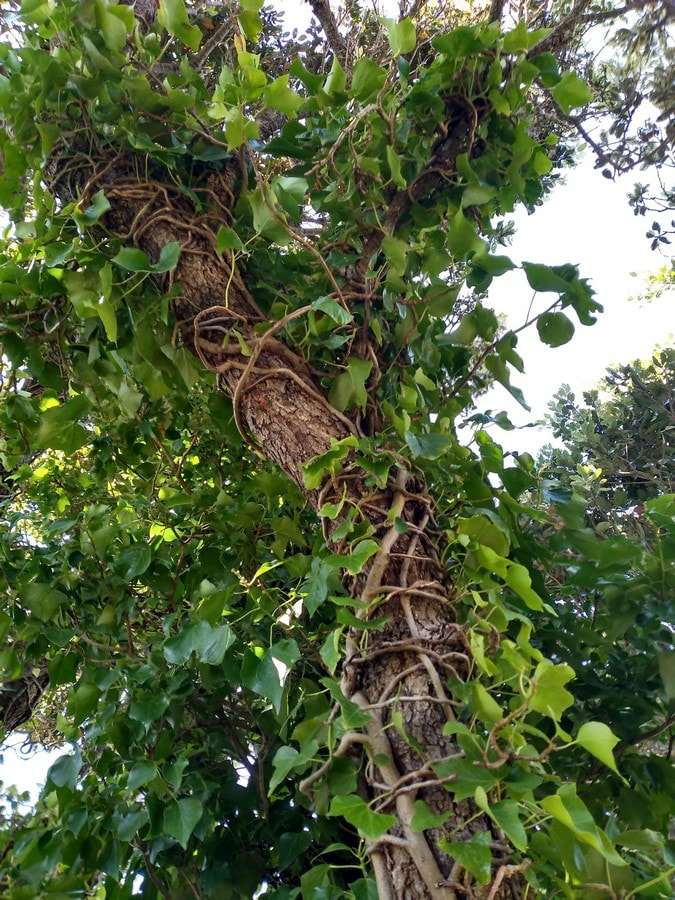
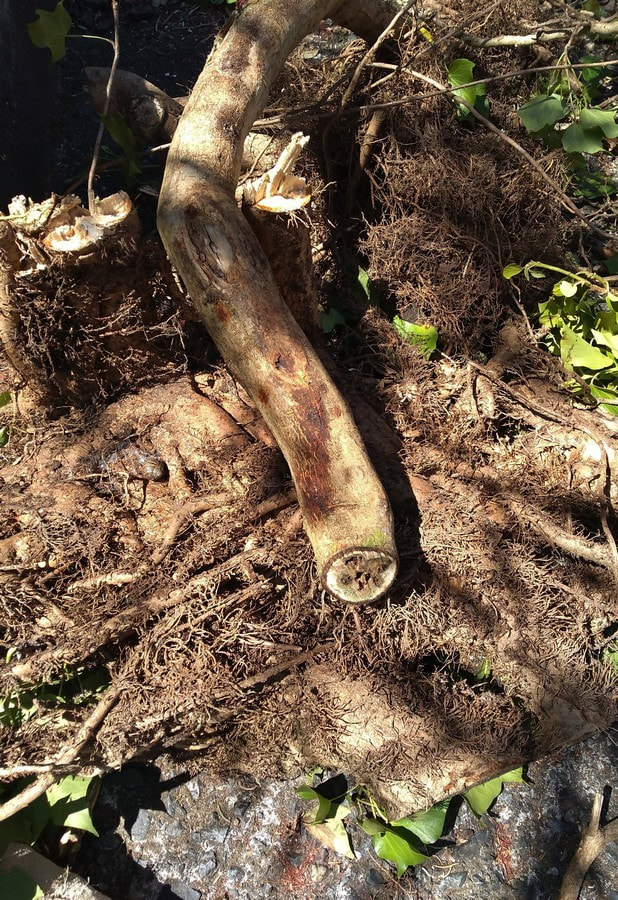
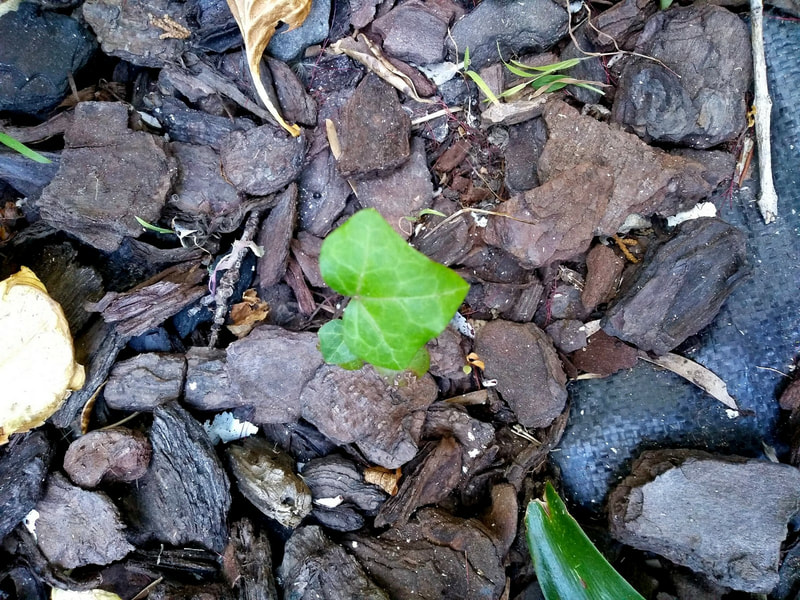
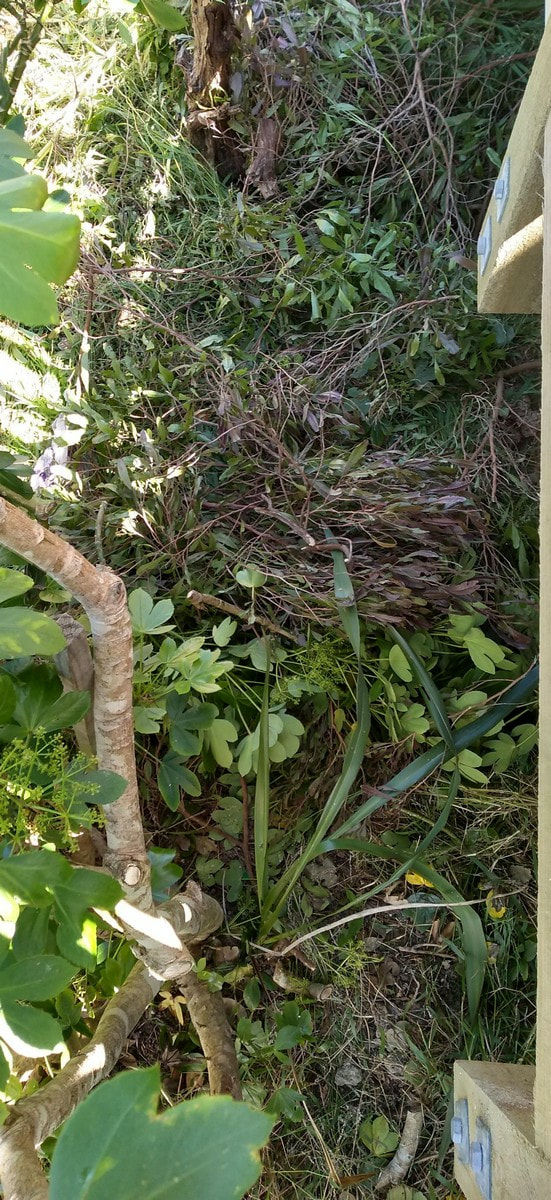
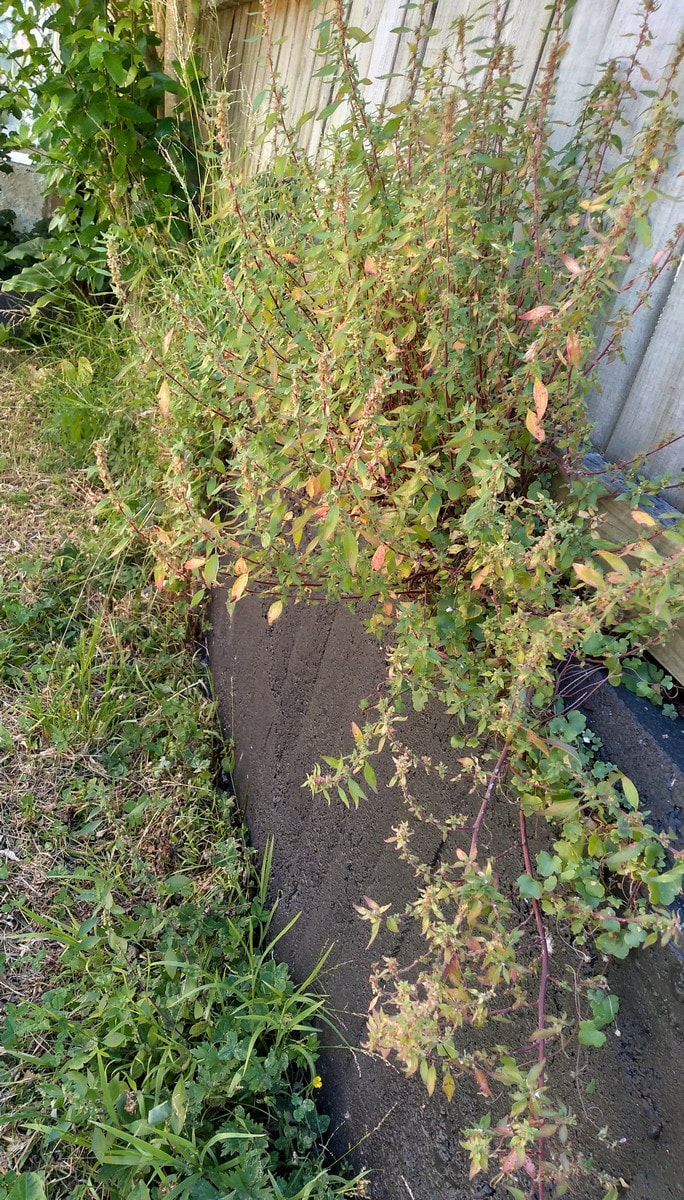

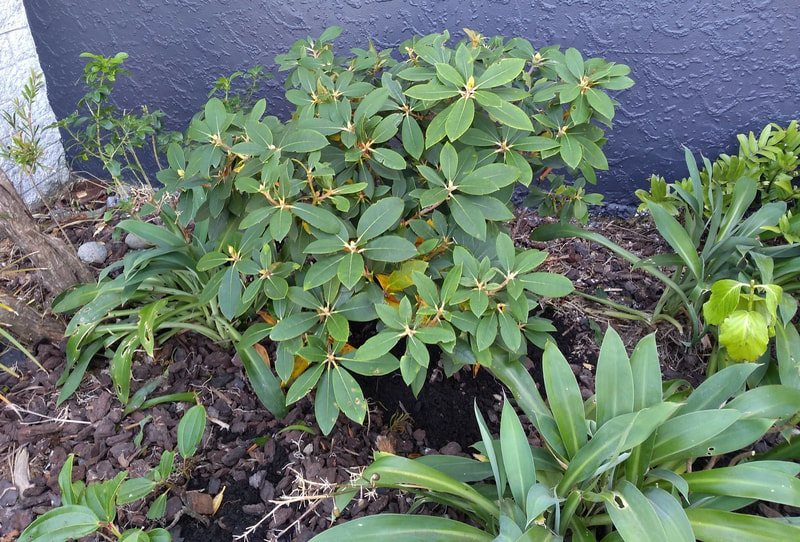
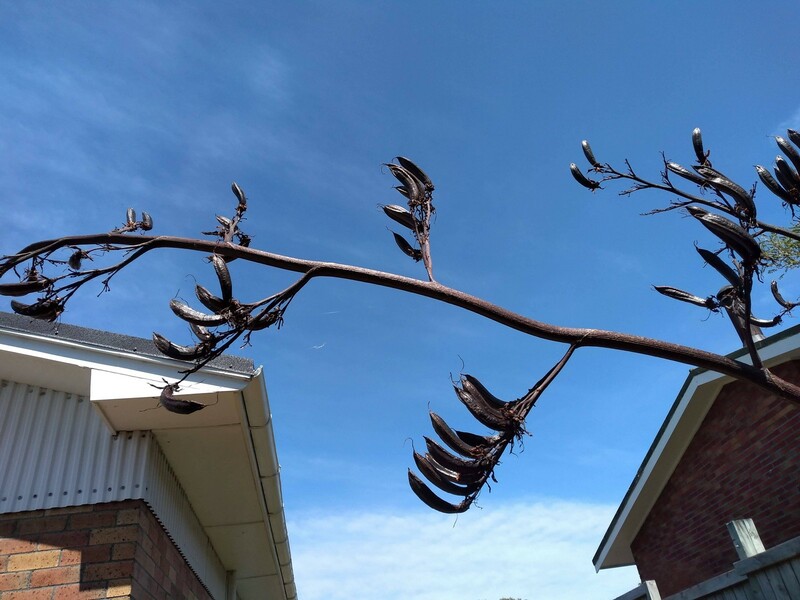
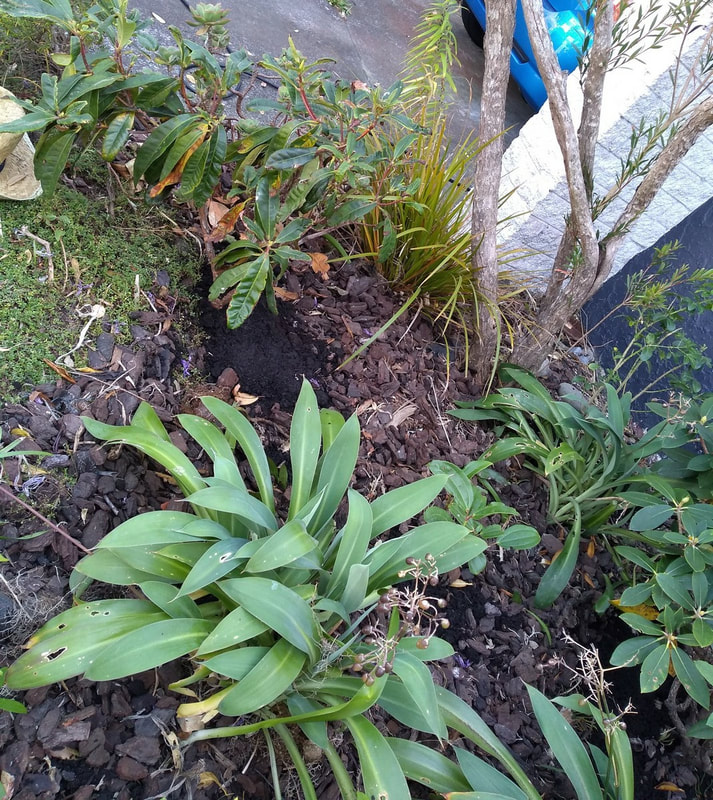
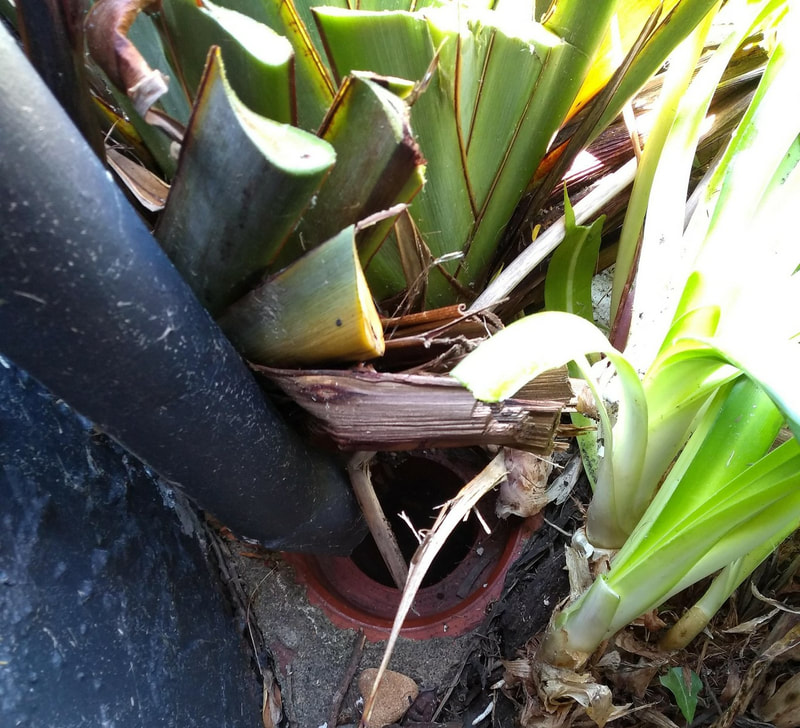

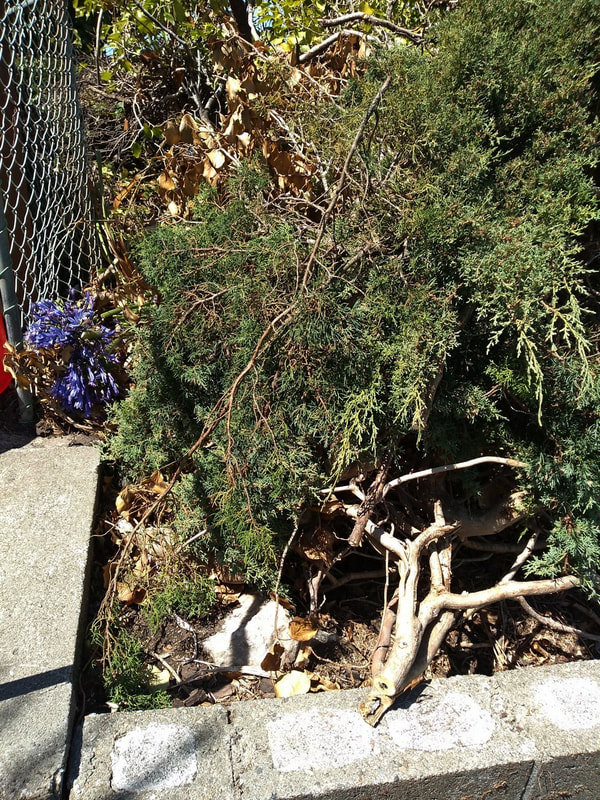
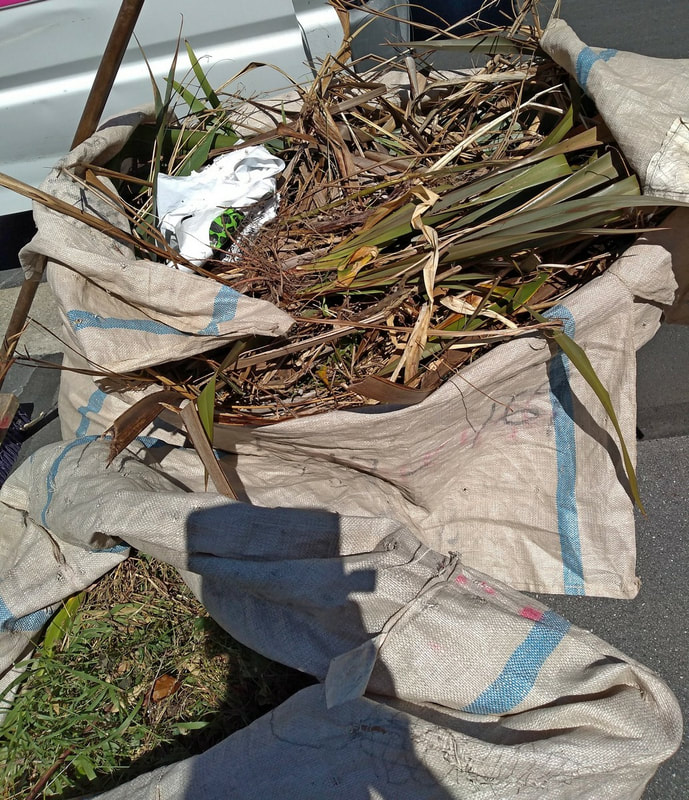
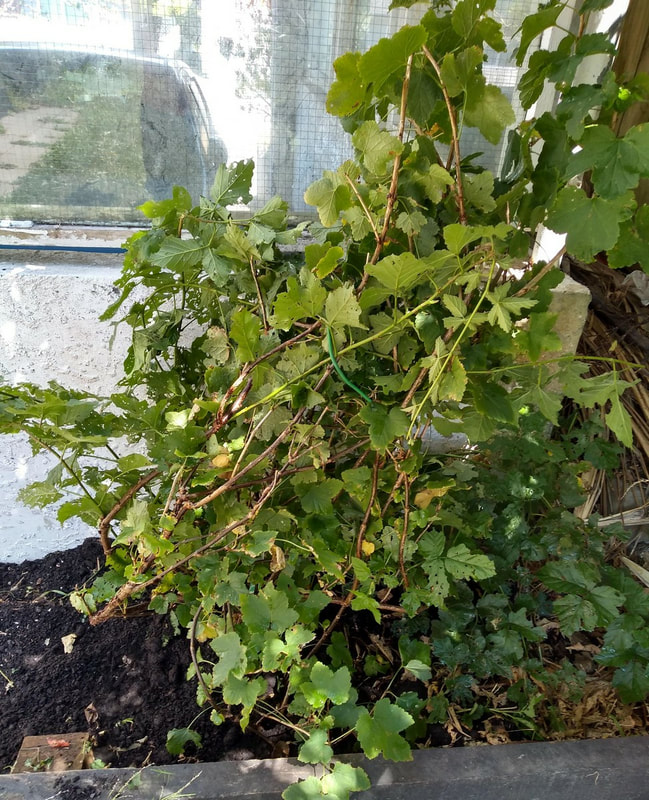

 RSS Feed
RSS Feed